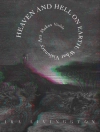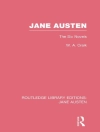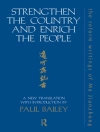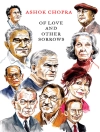From a range of perspectives, the essays in this volume tackle some of the most urgent issues facing the creative writer in today’s academic institutions.
For many years now the professional ‘creative writer’ within universities and other institutions has encompassed a range of roles, embracing a plurality of scholarly and creative identities. The often complex relation between those identities forms the broad focus of this book, which also examines various, and variously fraught, dialogues between creative writers, ‘hybrid’ writers and academic colleagues from other subjects within single institutions, andwith the public and the media.
At the heart of the book is the principle of ‘creative writing’ as a fully-fledged discipline, an important subject for debate at a time when the future of the humanities is in crisis; the contributors, all writers and teachers themselves, provide first-hand views on crucial questions:
What are the most fruitful intersections between creative writing and scholarship? What methodological overlaps exist between creative writing and literary studies, and what can each side of the ‘divide’ learn from its counterpart? Equally, from a pedagogical perspective, what kind of writing should be taught to students to ensure that the discipline remainsrelevant? And is the writing workshop still the best way of teaching creative writing? The essays here tackle these points from a range of perspectives, including close readings, historical contextualisation and theoretical exploration.
Professor Richard Marggraf Turley teaches in the Department of English and Creative Writing, Aberystwyth University.
Contributors: Richard Marggraf Turley, Damian Walford Davies, Philip Gross, Peter Barry, Kevin Mills, Tiffany Atkinson, Robert Sheppard, Deryn Rees-Jones, Zoë Skoulding, Jasmine Donahaye
Содержание
Interfrictions — Richard Marggraf Turley
‘This Alabaster Spell’: Poetry as historicist method — Damian Walford Davies
Then again what do I know: Reflections on reflection in creative writing — Philip Gross
Writers as readers, readers as writers: ‘Focal-plane’ activities in creative writing practice — Peter Barry
The theology of Marilyn Monroe — Kevin Mills
Black and white and re[a]d all over: the poetics of embarrassment — Tiffany Atkinson
Linguistically wounded: The poetical scholarship of Veronica Forrest-Thomson — Robert Sheppard
‘Jump to the Skies’: Critical and creative responses to creative writing — theory and practice — Deryn Rees-Jones
Translating cities: walking and poetry — Zoë Skoulding
Noisy, like a frog — Jasmine Donahaye
Bibliography












